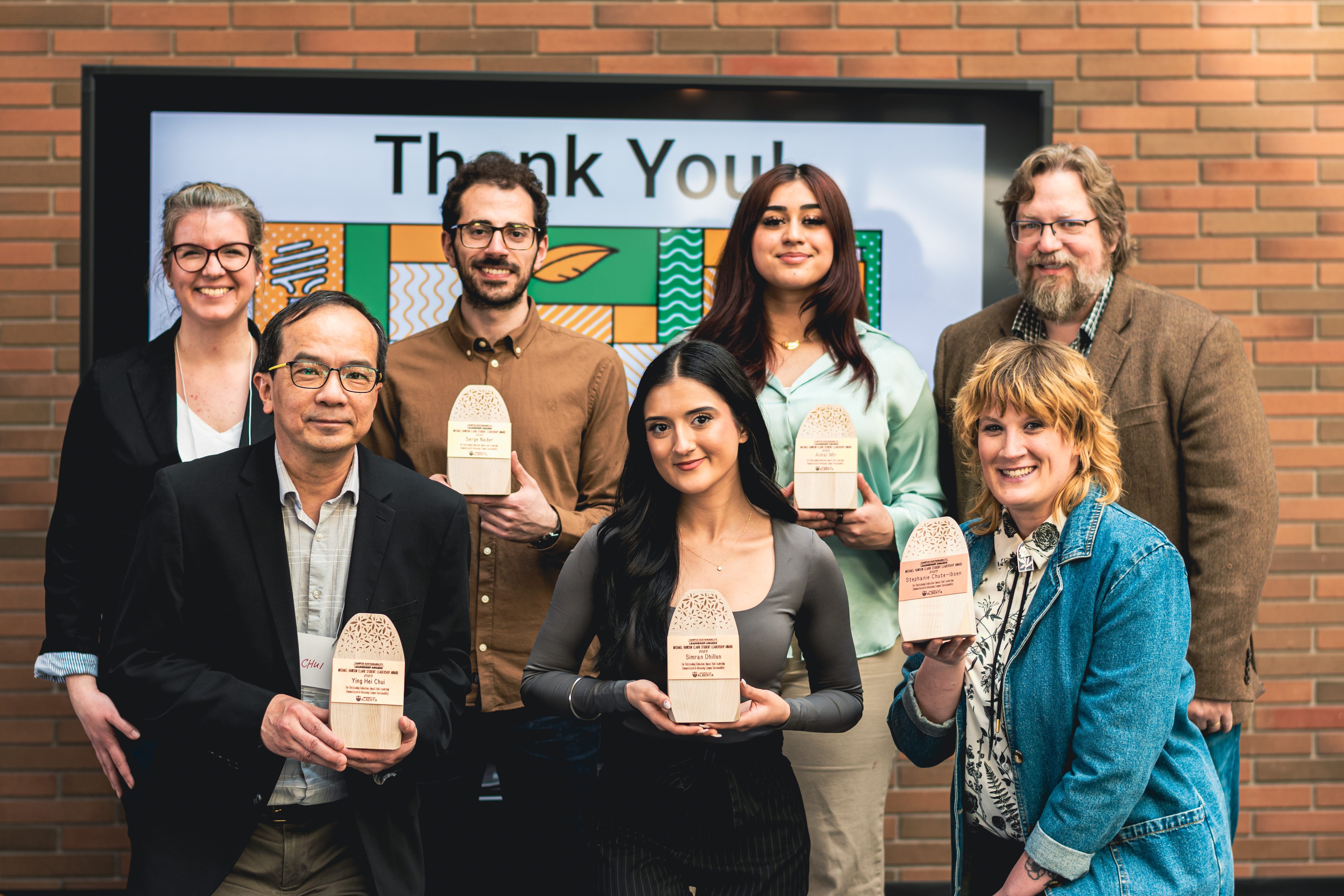Campus Food Bank switches to 'more dignified' grocery store model
Students using the Campus Food Bank (CFB) now have greater control over the types of food they receive.
That’s because the CFB has switched from a food hamper model, in which students were given a pre-packaged food hamper with limited options to swap out items, to a grocery store model, in which students can browse the CFB’s shelves and pick the food they want.
“Previously, when we were giving out 200 hampers in a week, we had to have 200 of each item,” said Erin O’Neil, executive director of the CFB. “But we have a lot of clients who have dietary restrictions or are interested in certain types of cuisine, so now we can stock smaller portions of products and serve clients better, and clients aren’t taking food they don’t want — which is something we hear happens a lot.”
O’Neil hopes the switch will ease the workload of CFB volunteers and staff. This September they put together 650 food hampers, the most in the CFB’s history and a far cry from the roughly 100 hampers they were giving away monthly seven years ago, O’Neil said. Now staff and volunteers can simply review the items clients have chosen to make sure that what’s inside clients’ grocery carts falls within the CFB’s shopping limits.
O’Neil thinks that the new model will better serve the university’s large international student population as the CFB’s food options have been limited to mostly western food.
“For example, very few people who grew up here like creamed corn, let alone if you’ve never heard about it before. This model allows us to be more responsive to what international clients actually want,” she said.
The new model is also reflective of the way food banks around the world are changing as hamper systems become less popular. “It’s much more dignified,” O’Neil said.
In order to refashion itself as a grocery store, the CFB had to renovate its office space and food storage area. They demolished an office to create more room for food and to allow clients to move through the aisles.
The updated CFB replicates the feeling of walking through a grocery store. Clients receive a grocery basket and can browse the CFB’s shelves, fridge and freezer section freely while CJSR, the campus radio station, plays over speakers. O’Neil also hopes to bring toys to the food bank so kids can stay occupied while their parents shop, making the experience feel “more collaborative than charitable.”
Clients still have to book a time to visit the CFB. When they arrive, they will receive a clipboard that outlines shopping limits based on the needs of their household.
“We’ve already had tonnes of people tell us how excited they are about this change,” O’Neil said. “A lot of clients have told us they’re really grateful this is happening.”


